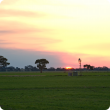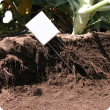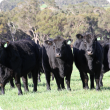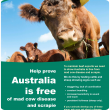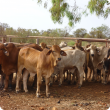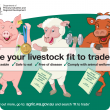Filter by regions:
- (-) Remove Goldfields-Esperance filter Goldfields-Esperance
- (-) Remove Great Southern filter Great Southern
- (-) Remove Mid West filter Mid West
- Wheatbelt (193) Apply Wheatbelt filter
- South West (186) Apply South West filter
- Peel (179) Apply Peel filter
- Perth regions (154) Apply Perth regions filter
- Gascoyne (144) Apply Gascoyne filter
- Pilbara (131) Apply Pilbara filter
- Kimberley (126) Apply Kimberley filter


